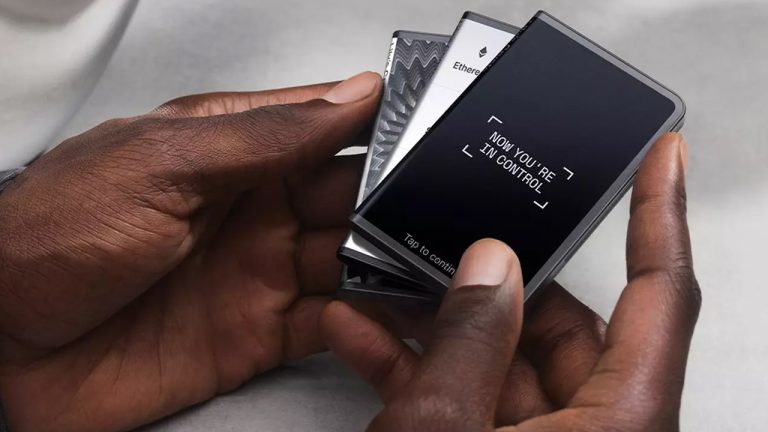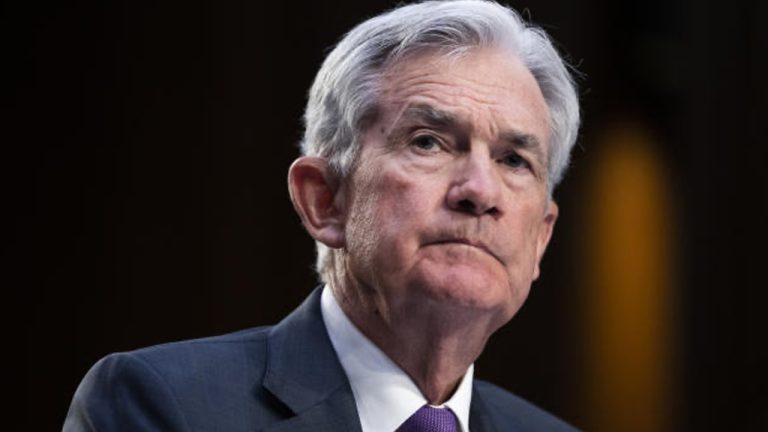
Gold bars recently sold out at Costco, reflecting investors’ souring mood about the economy. Is there a silver lining for Bitcoin?
Costco has made headlines this week after it rapidly sold out of gold bars. In times of economic uncertainty and rising inflation, it's no surprise that investors are turning to traditional safe-haven assets like gold. The question is whether gold’s performance will eventually catapult its price above $2,050, a level last seen in early May.
In the past 12 months, the price of gold has surged by an impressive 12%. This rally has been partially fueled by the Federal Reserve's efforts to combat inflation by maintaining higher interest rates, a move that benefits scarce assets like gold. While gold's performance is commendable, it's essential to put it into perspective.

Over the same period, gold's returns have roughly matched those of the S&P 500, which saw a gain of 15.4%, and WTI oil, which increased by 12%. However, these gains pale in comparison to Bitcoin's staggering 39.5% rise. Still, it's important to note that gold's lower volatility at 12% makes it an attractive choice for investors looking to manage risk.
Risk-reward scenarios favor gold
One of gold's strongest selling points is its reliability as a store of value during times of crisis and uncertainty. Gold's status as the world's largest tradable asset, valued at over $12 trillion, positions it as the primary candidate to benefit from capital inflows whenever investors exit traditional markets like stocks and real estate.

For example, at the height of the COVID-19 pandemic. In the 30 days leading up to March 24, 2020, gold only dipped by 2.2%.
According to data from Gold.org, central banks have been net buyers of gold for the second consecutive month, adding 55 tons to their reserves, with notable purchases by China, Poland and Turkey.
Bloomberg reported that Russia is planning to bolster its gold reserves by an additional $433 million to shield its economy from the volatility of commodity markets, especially in the oil and gas industries.

Taking a closer look at production figures, Visual Capitalist estimates that approximately 3,100 tonnes of gold were produced in 2022, with Russia and China accounting for 650 tonnes of this total. The World Gold Council also predicted that if gold prices continue to rise, total production could reach a record high of 3,300 tonnes in 2023.
One crucial metric to consider when evaluating gold's investment potential is its stock-to-flow ratio, which measures the production of a commodity relative to the total quantity in existence.
Related: Bitcoin price holds steady as S&P 500 plunges to 110-day low
Gold's stock-to-flow has remained stable at around 67 for the past 12 years. In contrast, Bitcoin has experienced three scheduled halvings, effectively reducing its issuance, and currently boasts a stock-to-flow ratio of 59. This suggests that Bitcoin has a lower equivalent inflation rate compared to the precious metal.
Bitcoin can outperform gold even with lower inflows
Bitcoin’s performance could surpass gold’s as the U.S. government approaches a shutdown due to reaching the debt limit, causing investors to seek alternative scarce assets. Bitcoin’s $500 billion market capitalization makes it easier for the price to jump even if its inflow is much smaller. Additionally, central banks could be compelled to sell their gold holdings to cover expenses, further boosting Bitcoin's appeal.
There's also the possibility of new gold discoveries. While gold remains a stalwart in the world of safe-haven assets, Bitcoin's impressive gains and lower equivalent inflation rate make it a strong contender for investors seeking alternative stores of value. Despite this, the ongoing economic uncertainty and the Federal Reserve's monetary policies will continue to benefit both assets.
This article is for general information purposes and is not intended to be and should not be taken as legal or investment advice. The views, thoughts, and opinions expressed here are the author’s alone and do not necessarily reflect or represent the views and opinions of Cointelegraph.






